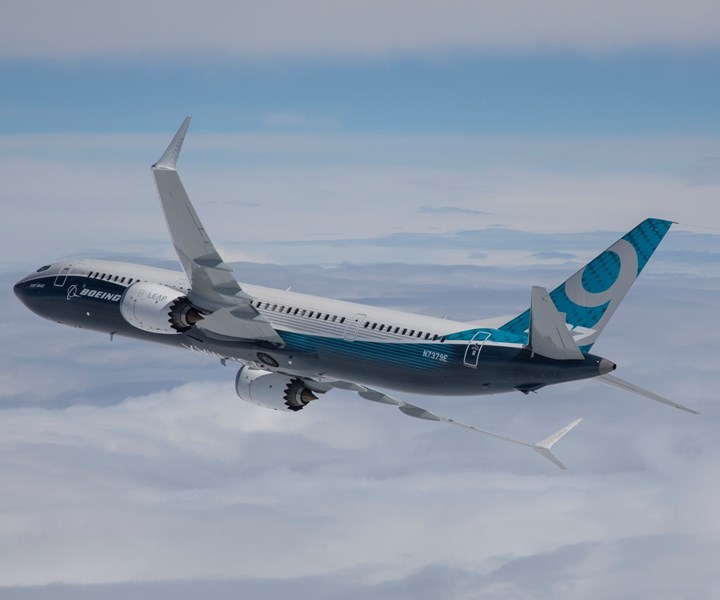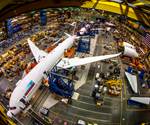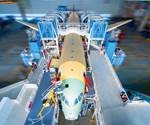Boeing resumes 737 MAX production
After suspending production in January, Boeing says low-rate production has begun at its Renton, Wash., U.S. facility.

Boeing 737 MAX. Source | Boeing
Boeing (Chicago, Ill., U.S.) announced on May 27 that it has resumed production of the 737 MAX at the company’s Renton, Wash., U.S. factory. Boeing had previously suspended production in January of this year, citing delays in recertification of the aircraft.
The company says the 737 program has begun building airplanes at a low rate as Boeing implements more than a dozen initiatives focused on enhancing workplace safety and product quality.
“We’ve been on a continuous journey to evolve our production system and make it even stronger,” says Walt Odisho, vice president and general manager of the 737 program. “These initiatives are the next step in creating the optimal build environment for the 737 MAX.”
During the temporary suspension of production that began in January, mechanics and engineers collaborated to refine and standardize work packages in each position of the factory, Boeing says. New kitting processes are also said to ensure that employees have everything they need to build the airplane.
“The steps we’ve taken in the factory will help drive our goal of 100% quality for our customers while supporting our ongoing commitment to workplace safety,” says Scott Stocker, vice president of 737 manufacturing.
The 737 program is expected to gradually ramp up production this year.
Related Content
-
Infinite Composites: Type V tanks for space, hydrogen, automotive and more
After a decade of proving its linerless, weight-saving composite tanks with NASA and more than 30 aerospace companies, this CryoSphere pioneer is scaling for growth in commercial space and sustainable transportation on Earth.
-
Plant tour: Aernnova Composites, Toledo and Illescas, Spain
RTM and ATL/AFP high-rate production sites feature this composites and engineering leader’s continued push for excellence and innovation for future airframes.
-
Development of a composite liquid hydrogen tank for commercial aircraft
Netherlands consortium advances cryogenic composites testing, tank designs and manufacturing including AFP, hybrid winding, welding of tank components and integrated SHM and H2 sensors for demonstrators in 2025.
.jpg;width=70;height=70;mode=crop)





